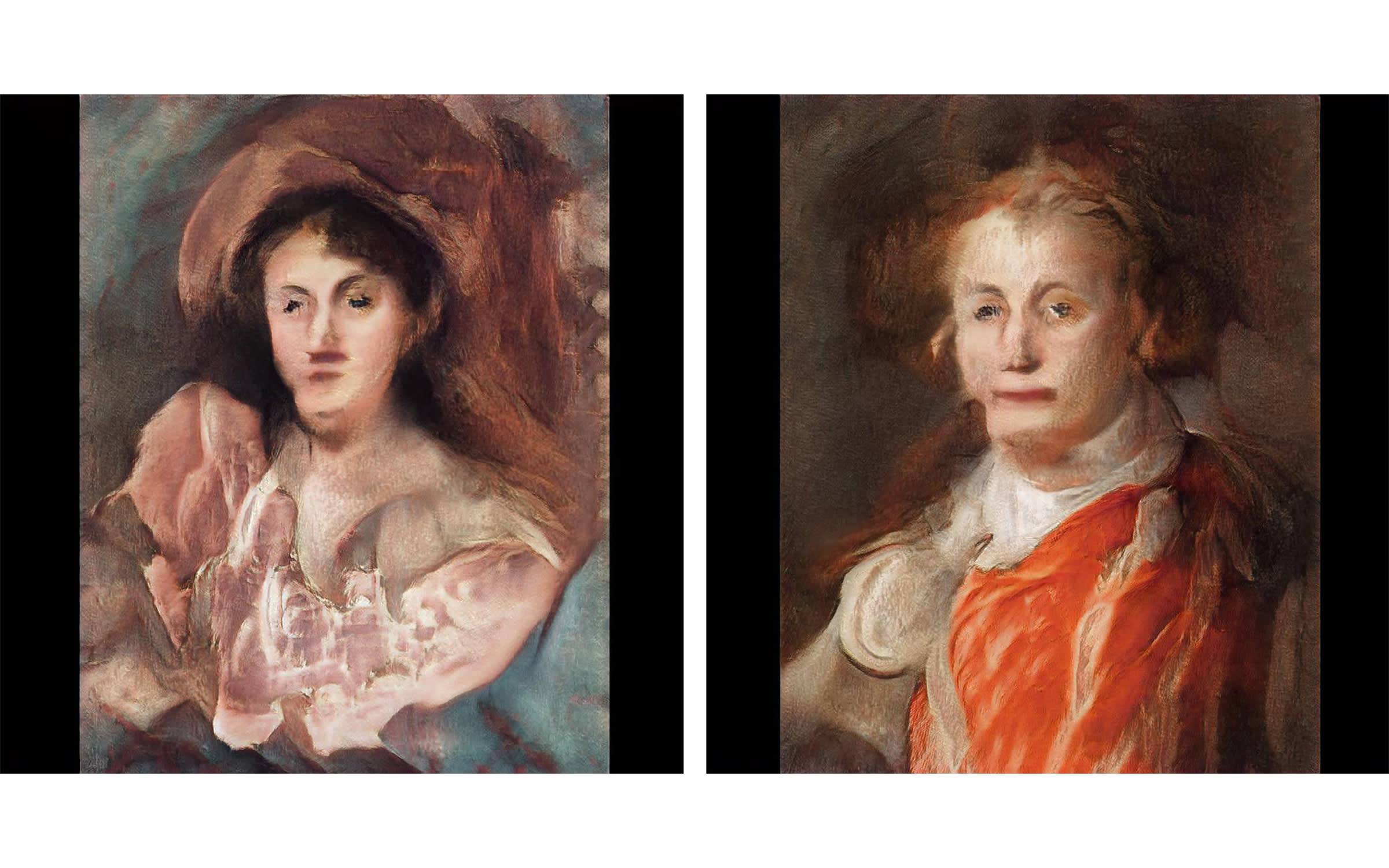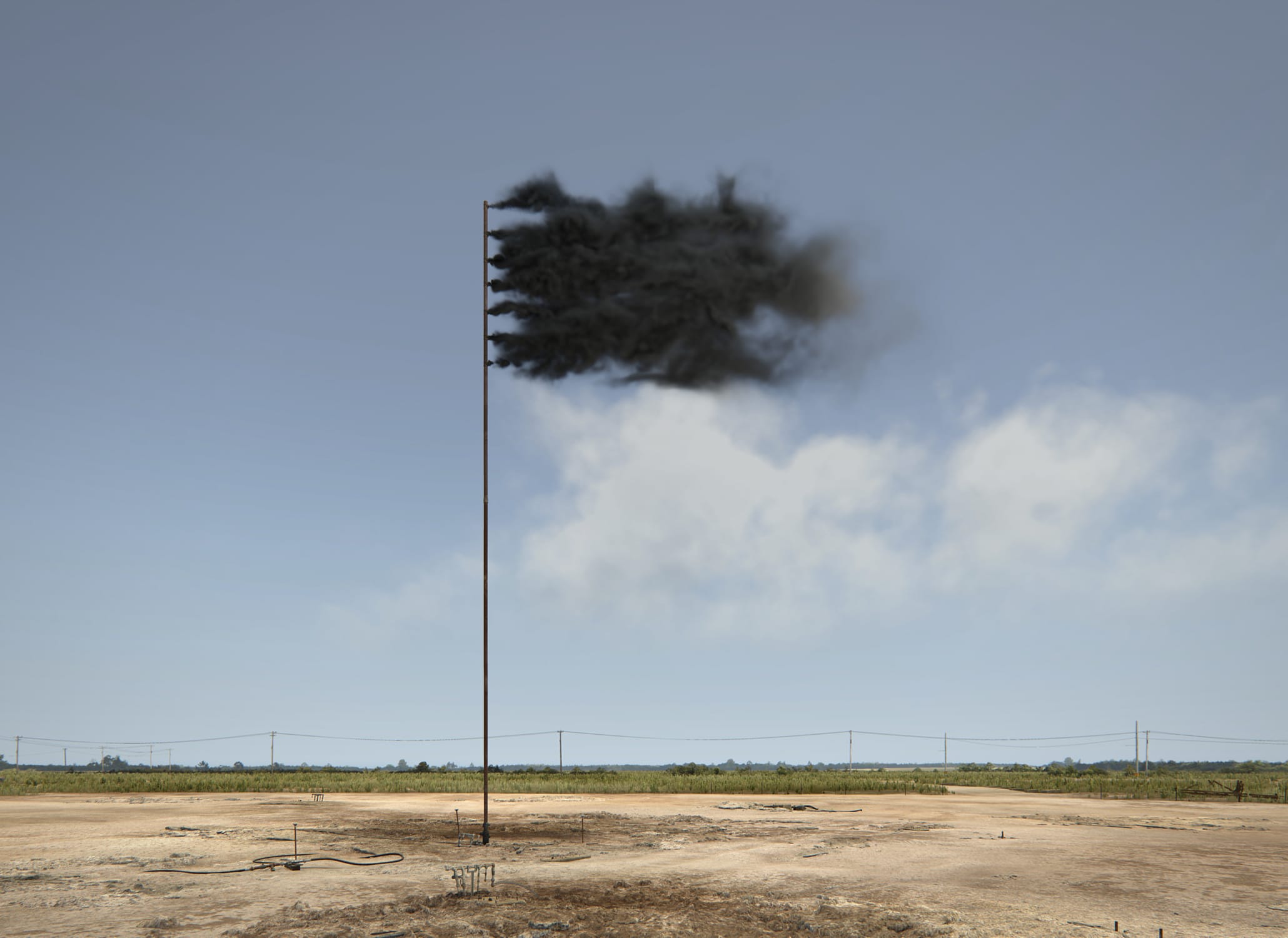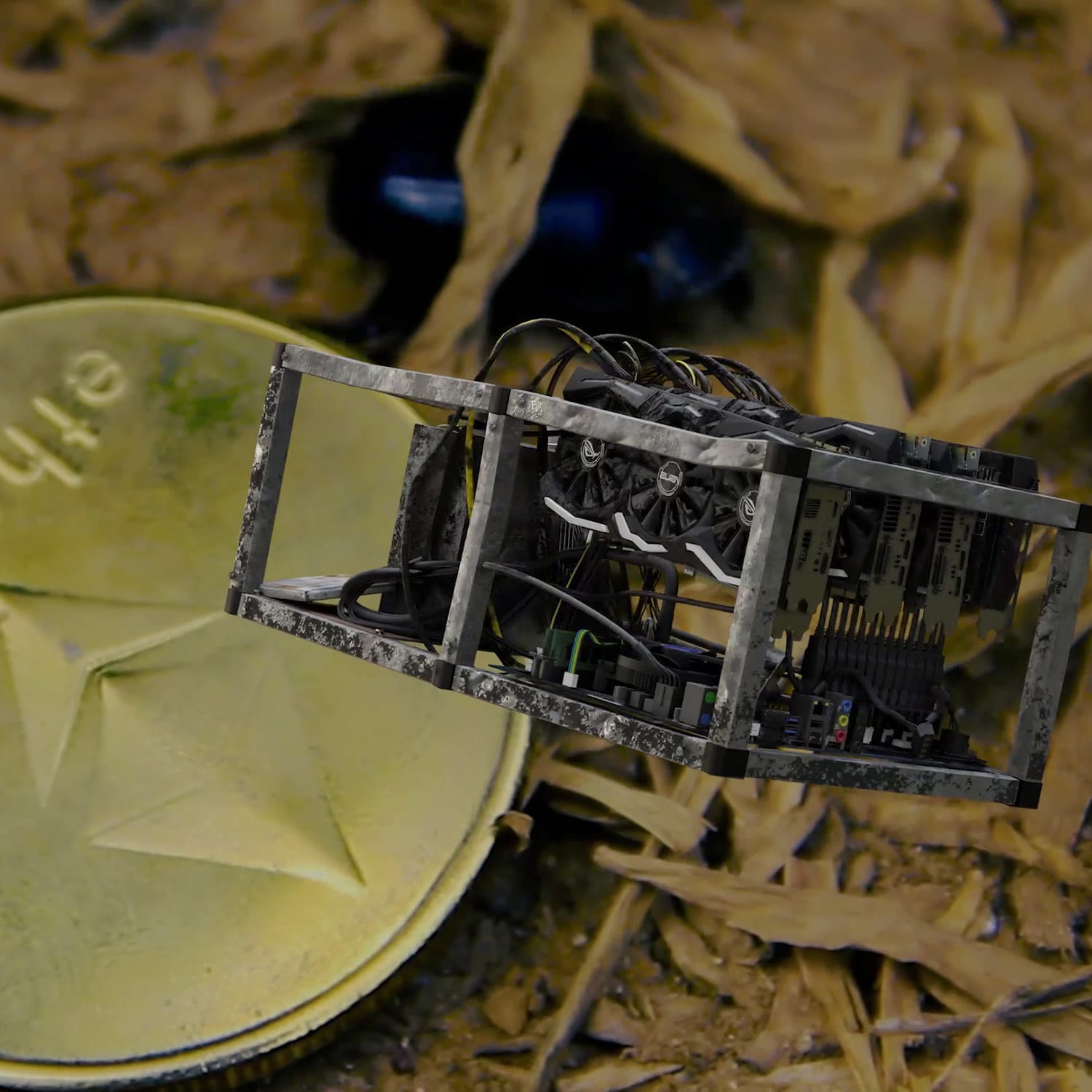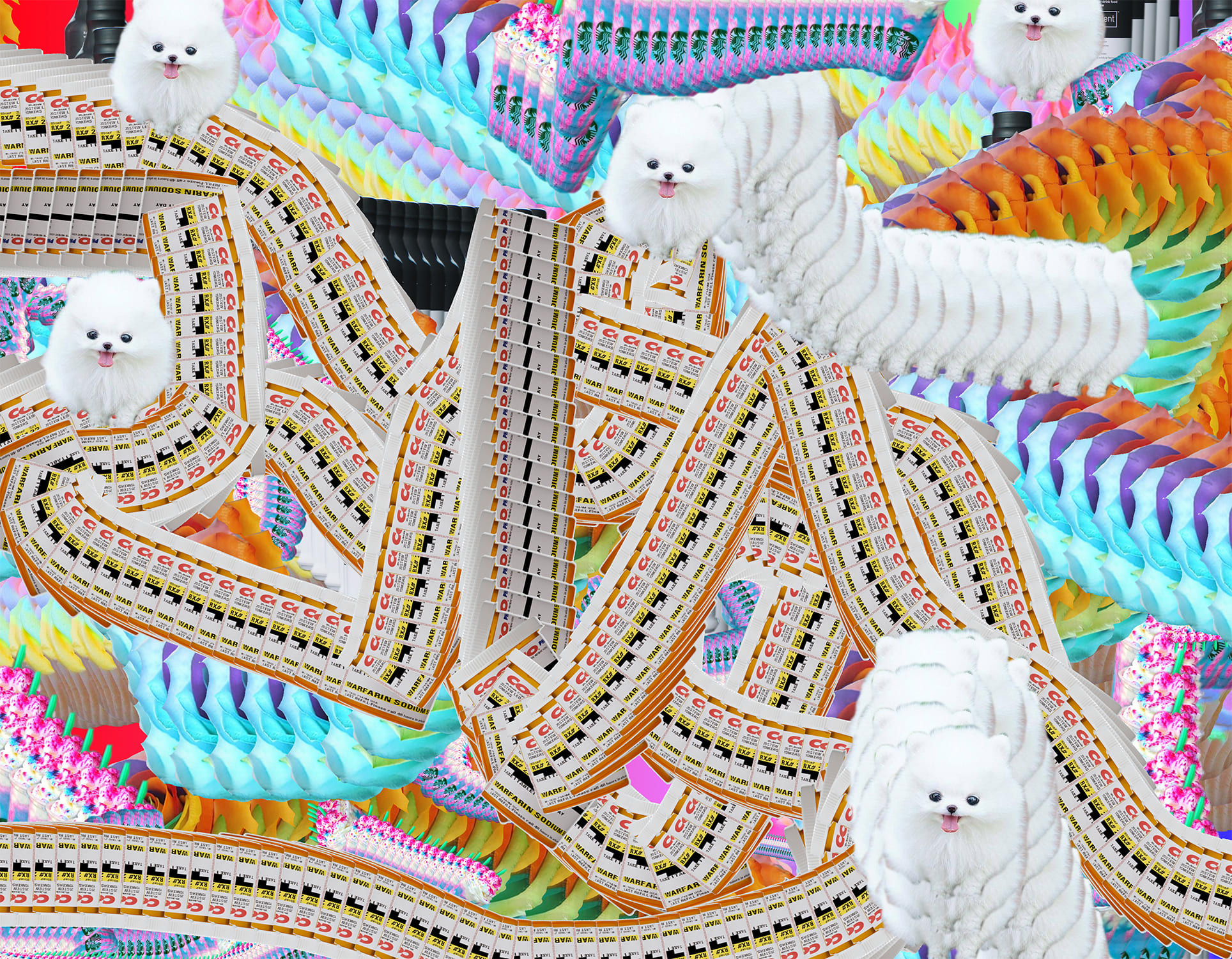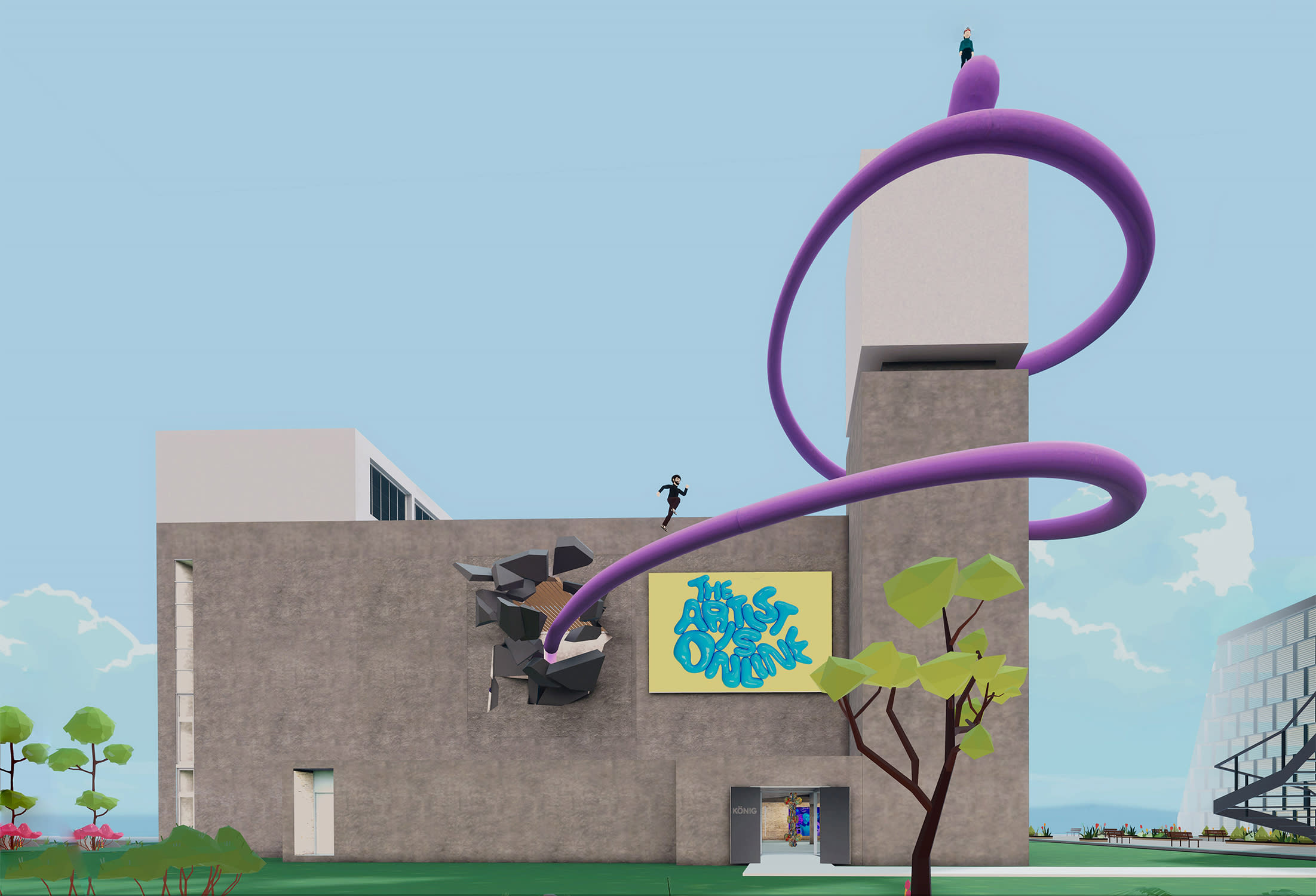The NFT revolution isn’t just a fad. These galleries and artists were ahead of the curve
Brian Boucher explores the hyped technology's impact on the artworld, and its potential for change
Log in and subscribe to receive Art Basel Stories directly in your inbox.
![Urs Fischer, CHAOS #1 Human [image (still)], 2021 © Urs Fischer. The Swiss artist recently partnered with Pace to launch his own series of NFTs.](https://dza2a2ql7zktf.cloudfront.net/binaries-cdn/dqzqcuqf9/image/fetch/q_auto,dpr_auto,c_fill,f_auto,w_auto/https://d2u3kfwd92fzu7.cloudfront.net/asset/cms/CHAOS-_1_03.jpg)
